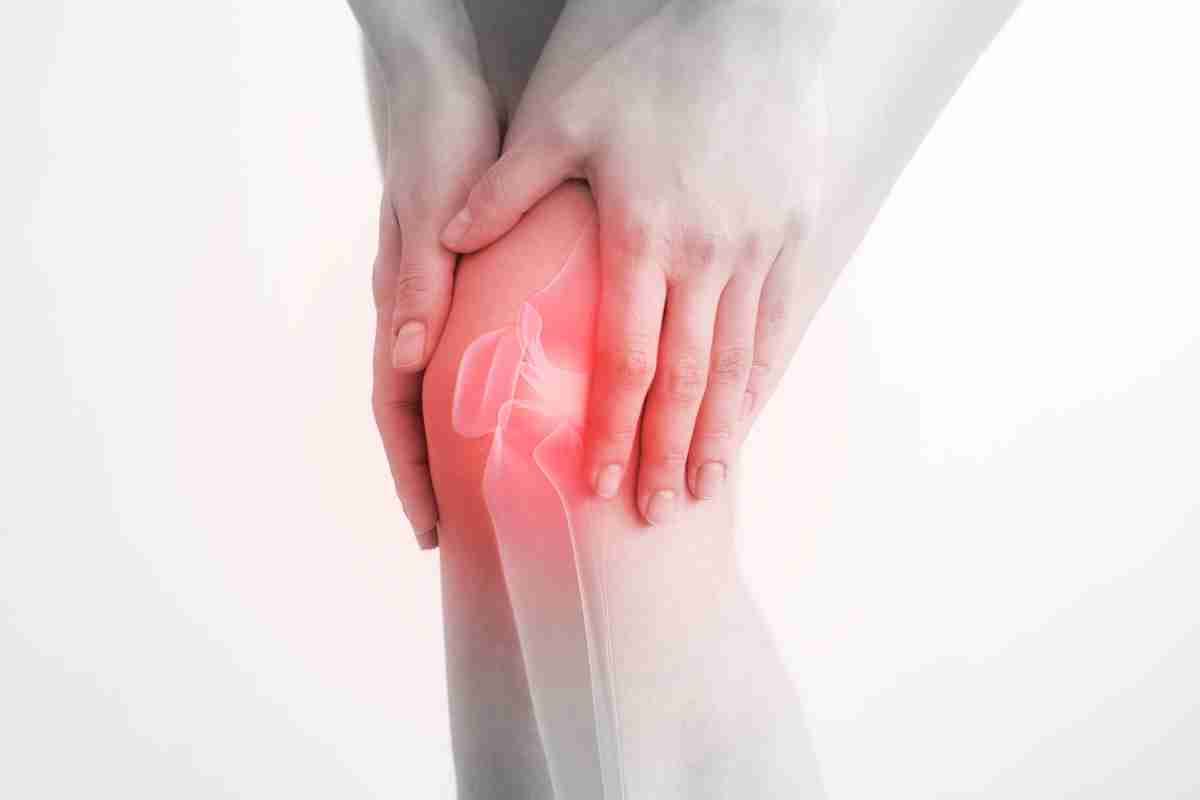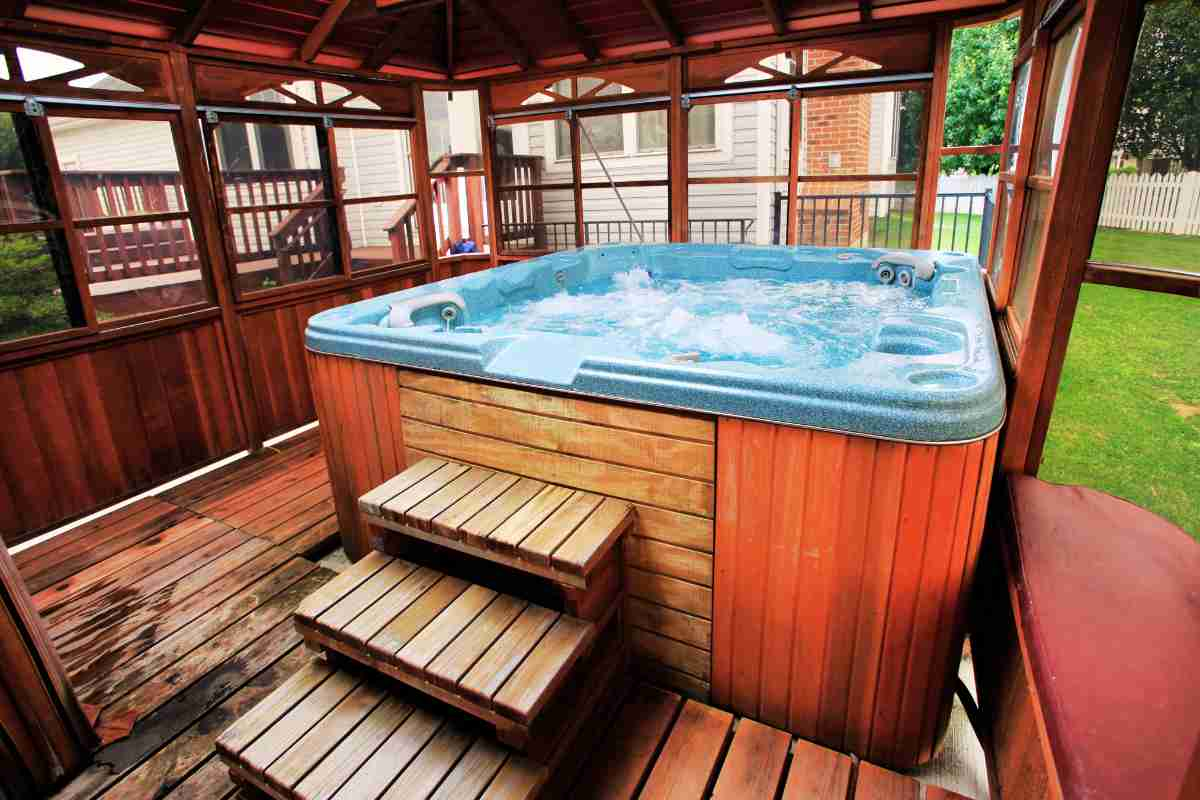Helpful Tips for Creating a Comfortable Space to Deal With Pain Recovery
Recovering from bodily harm requires more than willpower; a well-designed space can enhance healing. Discover how to create a serene, therapeutic recovery haven

Embarking on the road to recovery after enduring bodily harm requires more than sheer willpower; it demands an environment crafted to nurture one's spirit and hasten physical healing. The design of a recovery space is often an overlooked aspect of the healing process, yet it's paramount in providing the comfort and serenity needed during such a challenging time. By harmonizing a perfect blend of aesthetic appeal, functionality, and therapeutic elements, individuals can create a haven that supports their journey back to wellness.
This article will uncover the essential components that fuse to form an ideal environment tailored for pain recovery.
Designing the Ideal Environment: Key Elements for a Comfortable Recovery Space

Creating a restorative sanctuary for those on the path to recovery necessitates meticulous attention to detail, ensuring the environment fosters physical comfort and emotional serenity. The incorporation of a fake plant can subtly introduce a touch of nature's restorative essence, offering visual relief without the demands of regular maintenance that live plants entail. Visual appeal in a healing space isn't just about aesthetics; it's a vital component that can encourage a more serene and therapeutic atmosphere.
When designing a healing space, selecting furnishings is essential in promoting recuperation. Comfortable seating options, ergonomic support, and soft, soothing textiles are critical for patients to find relief and relaxation during their recovery process. The strategic placement of a well-chosen artificial plant adds a layer of natural beauty, subtly shifting the ambiance towards one that is more calming and inviting.
An effective recovery room layout also acknowledges the benefits of optimal lighting. A carefully chosen light fixture can illuminate the space with a gentle glow that mimics the calming effect of natural daylight, aiding in alleviating pain and enhancing overall well-being. Healthcare providers can create an environment that fosters mental clarity and physical calm by avoiding harsh lighting and opting for warm, ambient options.
Exploring Treatment Options: Navigating Various Approaches to Pain Recovery
When integrating varying healing modalities, individuals grappling with pain seek environments that foster tranquility and facilitate recovery. A serene ambiance, free from disruptive stimuli, significantly enhances the efficacy of therapeutic interventions. Personalizing this space to align with one's comfort makes the journey through pain treatment more bearable.
Amidst a diverse range of therapies, professionals often recommend structuring a routine that calms mind and body. Techniques such as guided imagery or controlled breathing can swiftly transform a simple room into a haven for recuperation. Their contribution to pain management, especially when tailored for conditions like Complex Regional Pain Syndrome (CRPS) Treatment, can improve patients' quality of life.
Adequate support systems are integral to transforming a living area into a recovery sanctuary. Comfortable seating, accessible tools for physical therapy, and objects that invoke a sense of peace all play pivotal roles. Each item and practice within the space eases the patient's discomfort and propels them toward a more positive healing trajectory.
Personalizing Your Healing Journey: Tailoring Your Space for Optimal Comfort and Support
Personalizing the recovery area can dramatically influence the speed and quality of healing, catering to individual preferences and comfort. By selecting elements that resonate on a personal level, from cherished photographs to soft textures, the space becomes a sanctuary for those on the mend. This individualized touch transforms a mere room into a bastion of solace and recovery.
Adjustability in the healing environment allows for accommodations catering to the changing needs during recovery. Ergonomic furniture with height and angle adjustments ensures that the body's demand for varying support structures is met easily. Such flexibility empowers individuals to fine-tune their surroundings with their body's healing trajectory.
The power of technology should not be overlooked when curating a recovery space that offers comfort and support. Innovations such as adjustable lighting systems controlled via smart devices enable occupants to alter the ambiance to match their mood or time of day, contributing to a supportive healing experience. Embedding technology seamlessly ensures the essential focus on recuperation remains unhindered by unnecessary complexity.
Overall, creating a comfortable space for pain recovery involves meticulous attention to detail, integrating elements of nature, ergonomic design, and personalized touches to foster physical and emotional well-being. By combining therapeutic aesthetics, adaptable furnishings, and thoughtful technology integration, individuals can craft a sanctuary that accelerates healing and provides solace on the journey to wellness.




Comments ()